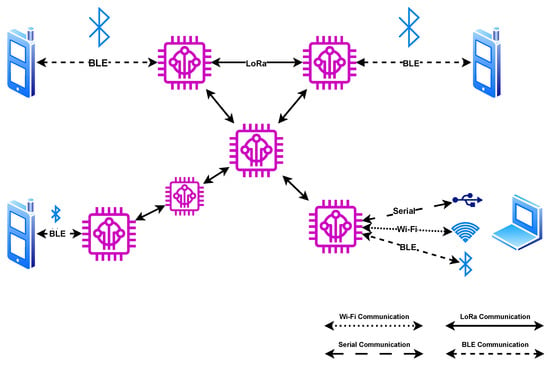My interest was in a secure encrypted/un-monitorable communication channel, ostensibly to communicate with observation posts or patrols. Would not want to use repeaters but would only need 1-2 miles range.
Every node in the mesh is a relay (not a repeater, which is a full-duplex device). If the nodes are also the mesh participants and they're moving around, the mesh maintenance will consume a larger part of your already-very-limited bandwidth, not to mention power budget.
[Yeah, all the dirty little secrets of mesh tech. By the way, I operate a 900 MHz mesh network at my house, with more than 60 nodes, and I was the CTO and co-founder of a venture-backed firm that for almost a decade manufactured a 900 MHz distributed-radio telemetry system.]
I'll assume because you said you would not want repeaters that you would not want to pre-install mesh nodes to cover the geography you want?
The Meshtastic system described here is for short text-only message; no voice. Did you want voice?
How 'unmonitorable' does your setup need to be? Do you mean, not casually eavesdropped? Or, actually encrypted?
When you say "1-2 miles" you'd need to specify much more information, such as, are the participants inside buildings or outdoors, or both? What is the topography and what is in/on it? Are the participants on foot? In vehicles? Both? Are the participants expected to carry the communications device in their hands or on their person (this distinction helps manage fade margin)?
The reason to become a ham radio operator is to be able to learn about all the things you'd need to know to build an effective system such as what you're asking for. You can't actually DO what you're describing using ham radio but the principles all apply.


